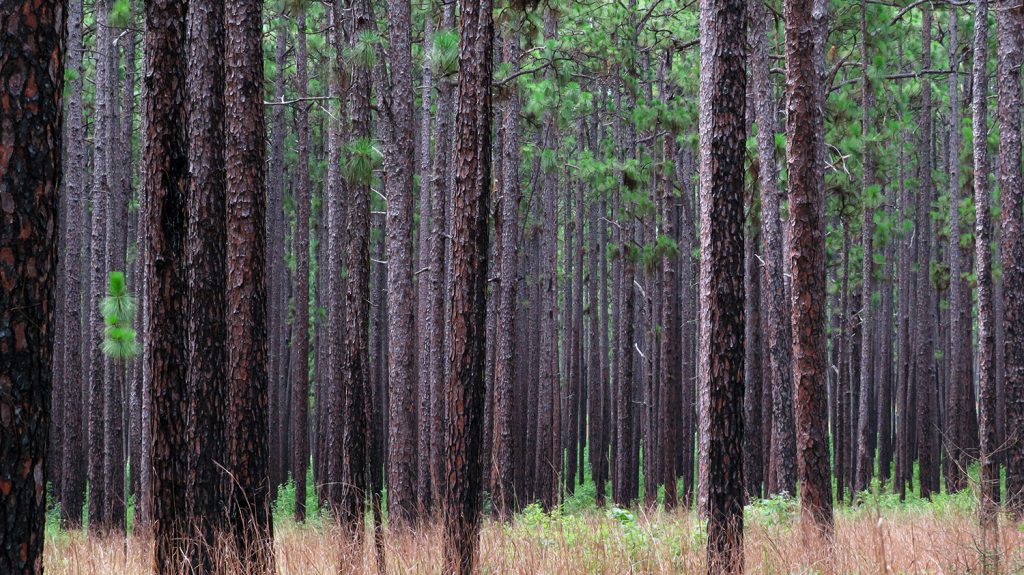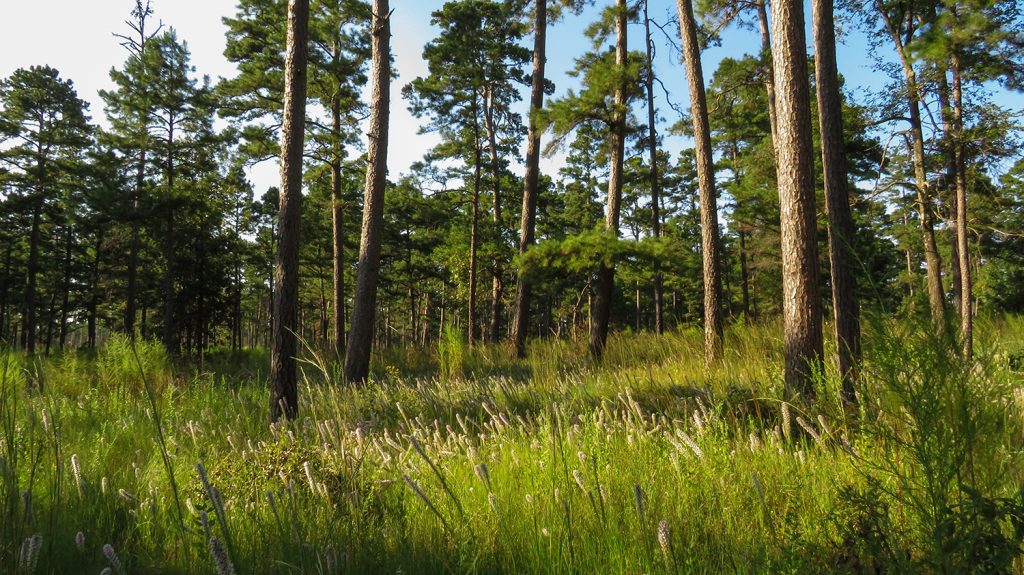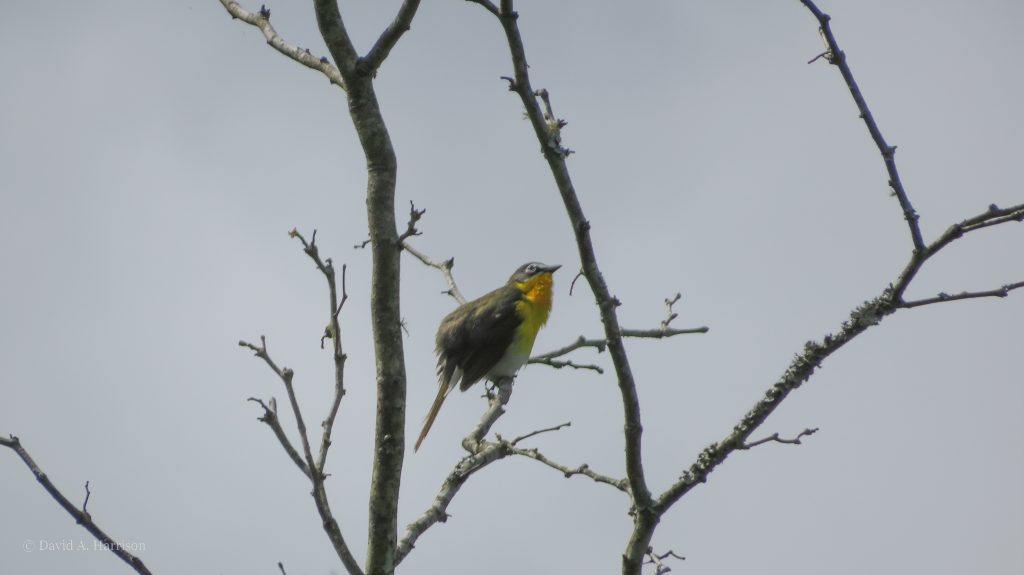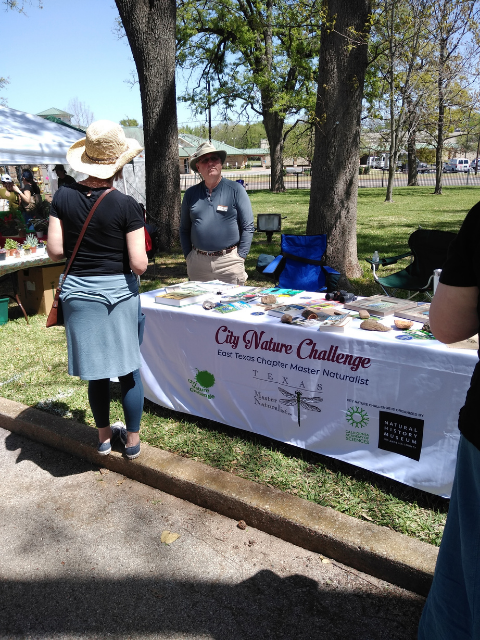For some Tyler residents, a community is more than just a population of people living and working within a defined area on a map.
They look beyond the buildings and roads to part of a community that fills in the spaces with beauty and awe that only nature can provide.

Beginning April 29, volunteer naturalists plan to set out to document the flora and fauna in Smith County as part of the City Nature Challenge.
The challenge is a four-day “global bioblitz” to see which city can gather the most observations of nature, find the most species and engage the most people in the event. Participants can download the Inaturalist app and take photos of plants and wildlife in their area.

Bob Lumpkins, the organizer for the City Nature Challenge in East Texas, said the event fits with what master naturalists like himself enjoy doing.
“We’re always looking for opportunities to be … citizen scientists,” he said. “We’ve just been waiting for this.”
In the beginning
The challenge began in 2016 as a competition between San Francisco and Los Angeles but grew into an international event to find and document wildlife and plants in different areas.
The event is coordinated by community science teams at the California Academy of Science and the Natural History Museum of Los Angeles County.
In 2021, more than 52,000 volunteers made more than one million observations and found more than 45,000 species.
Information collected from the event — scheduled in two parts —is used to monitor different species.

Part 1, April 29-May 2, involves photographing wild plants and animals. Part 2, May 3-8, involves identifying what is found.
Master naturalists volunteer
“We have so much going on with climate change. How can we make an impact as citizens? And this is one way, is by collecting this information so that those who are doing research can evaluate it,” master naturalist Carol Lanthrum said. “We’re part of this earth and if people would appreciate that more, I think we could handle some of these problems such as climate change.”

Lumpkins and Lanthrum are volunteer members of the East Texas Chapter of Master Naturalists associated with the Texas Parks and Wildlife Department and agriculture extension.
To become a master naturalist, a person must undergo 40 hours of training and perform 40 hours of work in a specific area.

Chapter members help the city of Tyler by maintaining trails at Faulkner Park and worked with TPWD by placing cameras (called “camera trapping”) in specific areas and then retrieving the memory cards and downloading the photos into a database, Lumpkins said.
Tyler is part of a 10-county East Texas section of the City Nature Challenge documented through the inaturalist app. Lumpkins said he is part of a group that will concentrate on Smith County and an area near Mineola.
“The benefit of the CNC is really just, hopefully, getting people introduced to the outdoors if they’re not already cognizant,” Lumpkins said. “So, their stewardship improves. Really, it’s folks getting out, taking pictures and appreciating the world.”
Love what you're seeing in our posts? Help power our local, nonprofit journalism platform — from in-depth reads, to freelance training, to COVID Stories videos, to intimate portraits of East Texans through storytelling.
Our readers have told us they want to better understand this place we all call home, from Tyler's north-south divide to our city's changing demographics. What systemic issues need attention? What are are greatest concerns and hopes? What matters most to Tylerites and East Texans?
Help us create more informed, more connected, more engaged Tyler. Help us continue providing no paywall, free access posts. Become a member today. Your $15/month contribution drives our work.







